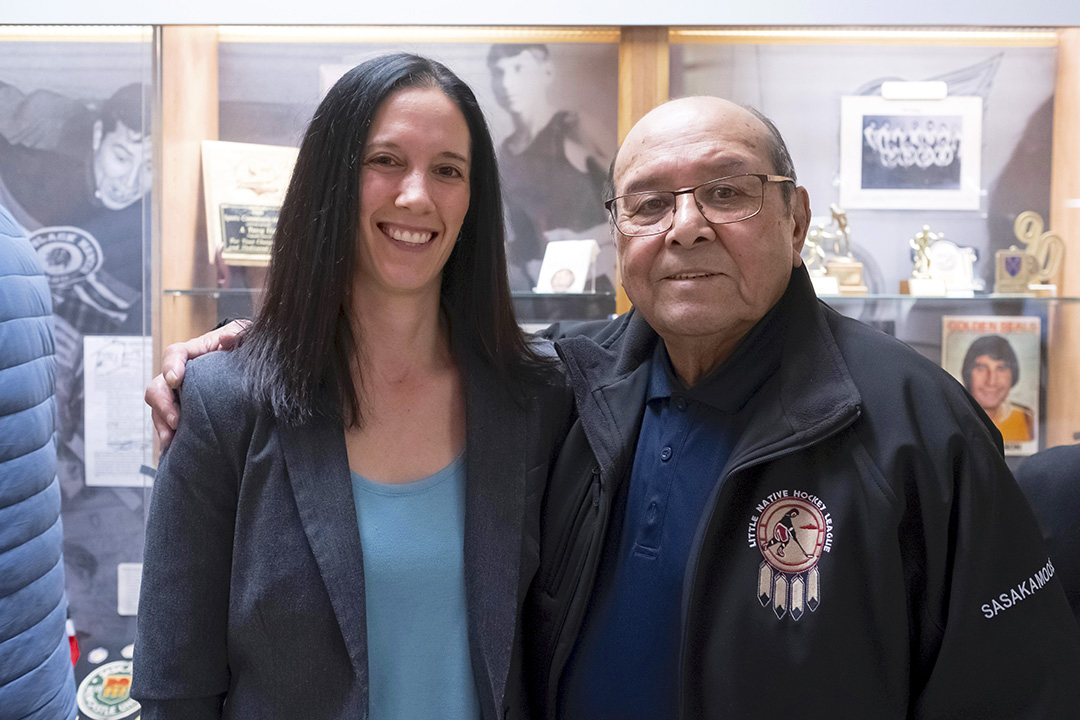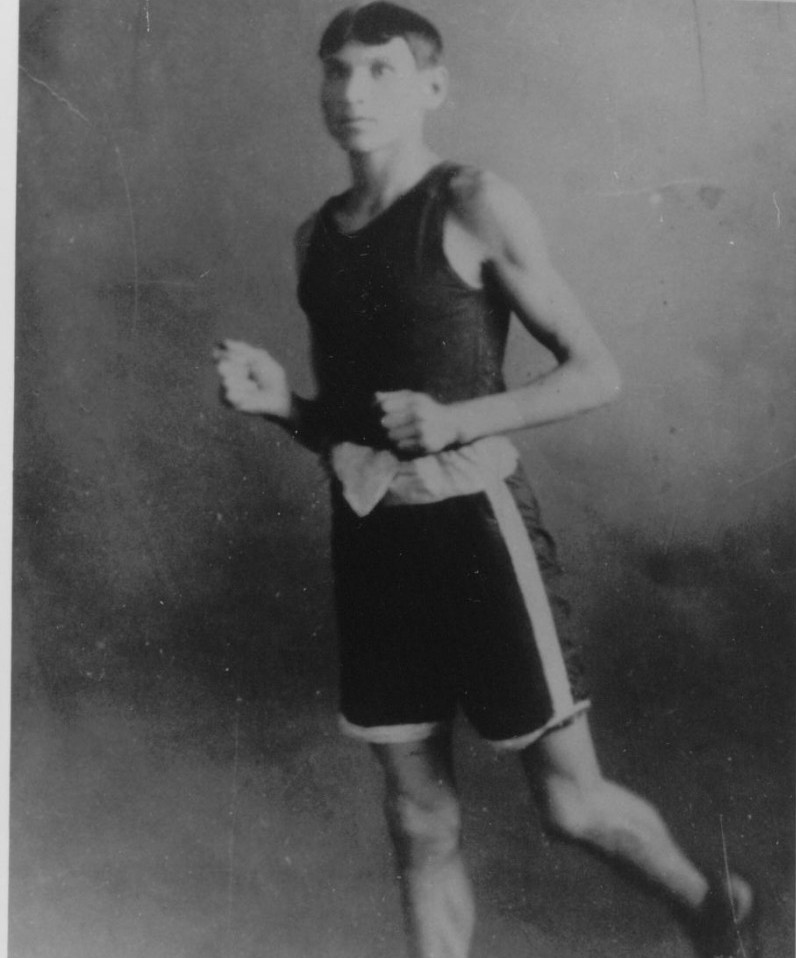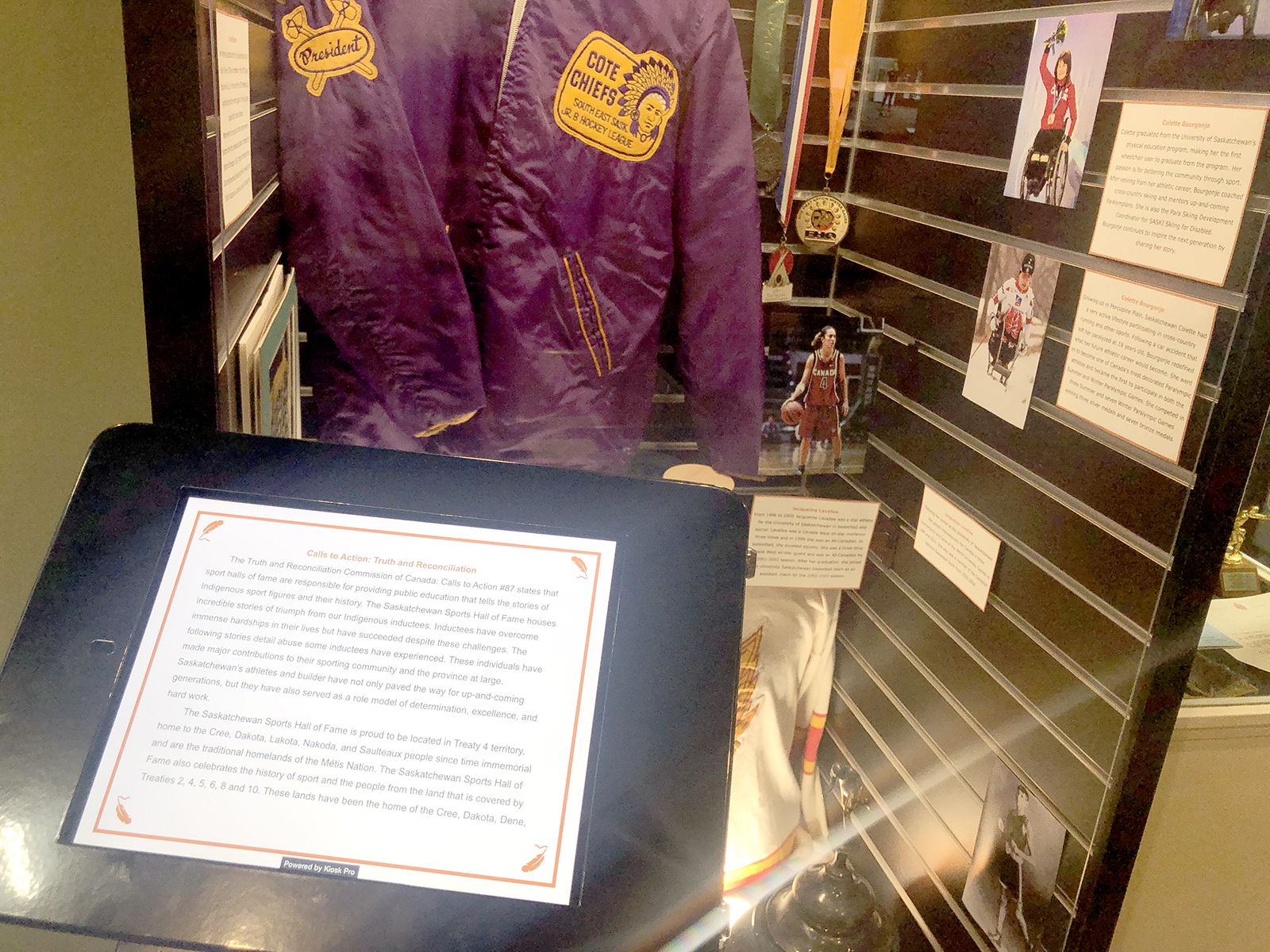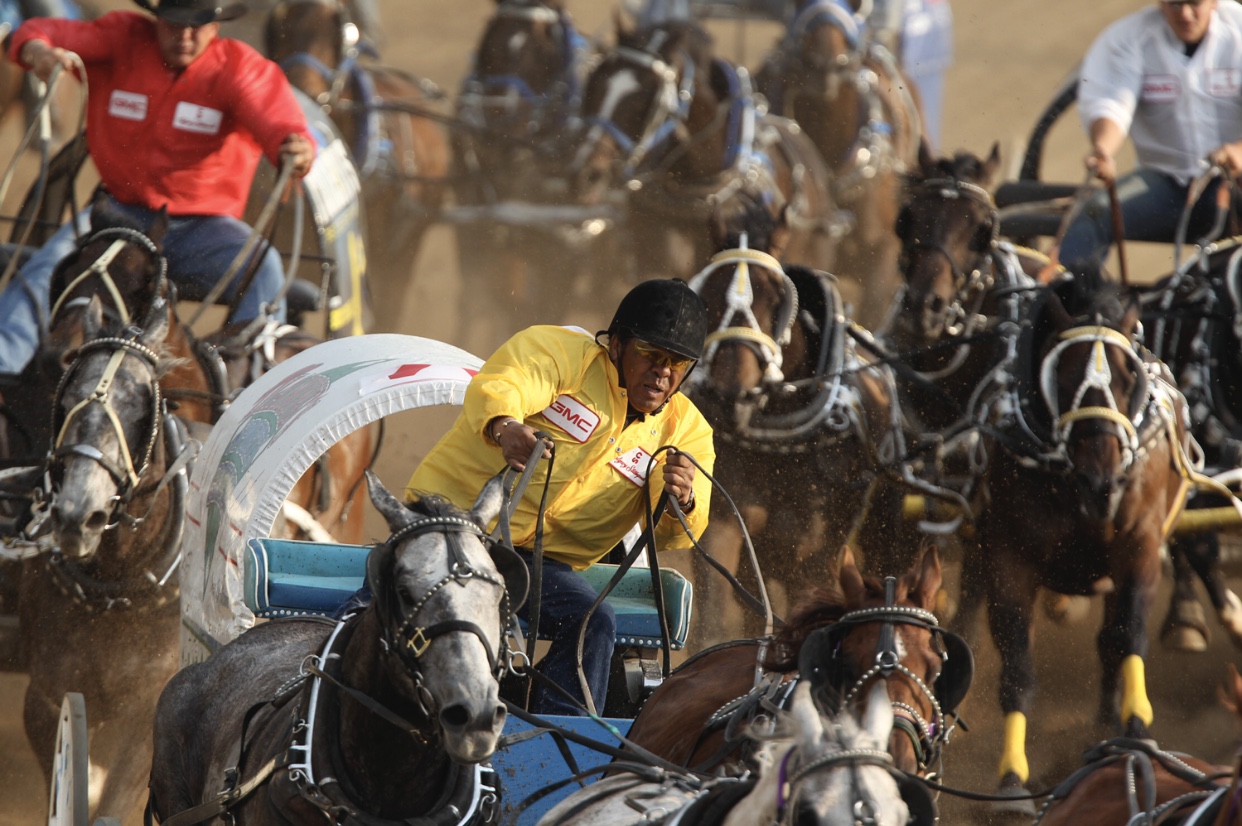June 21 is National Indigenous People’s Day. As we come to terms with the uncovering of 751 unmarked graves at the Marieval Indian Residential School on what is now Cowessess First Nation in addition to the remains of 215 children found at the site of the Kamloops Indian Residential School at Tk’emlúps te Secwe̓pemc First Nation, it is clear that there is much to learn and to be reconciled within our history. Given the racist abuse Saskatchewan hockey player Ethan Bear faced online recently, it is evident that even the most accomplished and prominent Indigenous athletes are not spared from overt and public racism.
In the spirit of the Truth and Reconciliation Commission of Canada’s 87th Call to Action, the Saskatchewan Sports Hall of Fame wishes to mark National Indigenous People’s Day and National Indigenous History Month by recalling and celebrating Indigenous excellence and achievement in sport in our province while also sharing some of the hardships and challenges those athletes and builders faced.
Many of our Saskatchewan Sports Hall of Fame inductees overcame different setbacks, hardships and challenges on their journeys to greatness. However, many of the challenges our Indigenous inductees faced were very specific.

Jacqueline Lavallee and Fred Sasakamoose at the opening of the SSHF’s Indigenous sport exhibit at the University of Saskatchewan.
David Stobbe/StobbePhoto.ca
Fred Sasakamoose overcame horrible abuse in an Indian Residential School to be the most valuable player in the Western Canadian Junior Hockey League and crack a National Hockey League roster when he was 19 with the Chicago Black Hawks in 1953. His career in the NHL lacked in length, it more than made up for in influence. His remarkable journey from Ahtahkakoop Cree Nation to the NHL inspired generations of players.
Jim Neilson was born in Big River and he also overcame challenges as a child, growing up in the St. Patrick’s Orphanage in Prince Albert from the age of five. Despite those humble beginnings, Neilson played more than 1,000 games in the NHL as he blossomed into one of the best defencemen of his era while playing with the New York Rangers. He finished his career playing with a young Wayne Gretzky in Edmonton in the World Hockey Association.
Both Sasakamoose and Neilson passed away this past year, a great loss for their communities and all who knew them.
In the early days of the province, some of Saskatchewan’s top athletes were distance runners and Paul Acoose and Alex Decoteau were amongst the best in the world.

Paul Acoose
Acoose was Nakawē (Saulteaux) from the Zagime Anishinabek (previously known as the Sakimay First Nation). In his first professional race, Acoose ran 15 miles in a world-record time of one hour, 22 minutes and 22 seconds and beat famed English runner Fred Appleby, a former world record holder and 1908 Olympic marathon runner. Acoose’s record-breaking time earned him the title of world champion.
Acoose’s rapid rise to success was met with adversity almost immediately. Appleby and Acoose met in a rematch in Winnipeg where gamblers who had bet on Appleby were suspected of throwing thumbtacks on the indoor track. The tacks did not affect Appleby in his thick rubber-soled shoes, but easily penetrated Acoose’s moccasins and into his feet. Acoose had a half-lap lead when the tacks were thrown onto the track. He pulled a tack out of his foot and carried on – running two more miles in bare feet – before stepping on more tacks and was unable to finish the race.
Acoose went on to beat famed Onondaga runner Tom Longboat in 1910 before retiring from professional racing and returning home to farm and raise a family.
Decoteau was the first Saskatchewan athlete to compete at the Olympic Games when he ran the 5,000-metres and finished sixth in 1912. Decoteau was born in the Red Pheasant Cree Nation and was of Cree and Métis descent. His father was murdered when Decoteau was four years old and he was sent to the Battlefords Industrial School.
Decoteau would become the first Indigenous police officer in Canada and has a park in Edmonton named in his honour. He served in the 202nd Infantry Battalion and the 49th Battalion during the First World War and was killed during the Second Battle of Passchendaele in 1917.
Tony Cote, David Greyeyes, Jacqueline Lavallee, Claude Petit and Bryan Trottier are also SSHF Indigenous inductees. There are also several Indigenous inductees who were enshrined in the Hall of Fame as a member of a championship team.
Each of our Indigenous inductees has their own unique story, but so many share the common themes of success, service and beating the odds to achieve greatness.
We look to continue to share and celebrate their legacies as part of the rich history of Saskatchewan sport. Our exhibit dedicated to our Indigenous inductees and their accomplishments is on permanent display in the Physical Activity Complex at the University of Saskatchewan’s College of Kinesiology.
At the same time, there is always more sport history to discover. If you believe you know of someone deserving of being inducted into the Saskatchewan Sports Hall of Fame as an athlete, builder or as a team; the nomination process is open to the public.





